At first glance, DIY projects promise creativity, relaxation, and the satisfaction of a job well done. But not every crafty idea turns out like the picture-perfect Pinterest post that inspired it. Some start with the best intentions—glitter, hot glue, or even concrete—and quickly spiral into a chaotic, sticky, or downright disastrous mess. In this article, we’re diving into 14 DIY projects that seem like a blast at the beginning but often leave behind more cleanup than joy. Proceed with caution (and maybe a tarp).
1. Homemade Slime
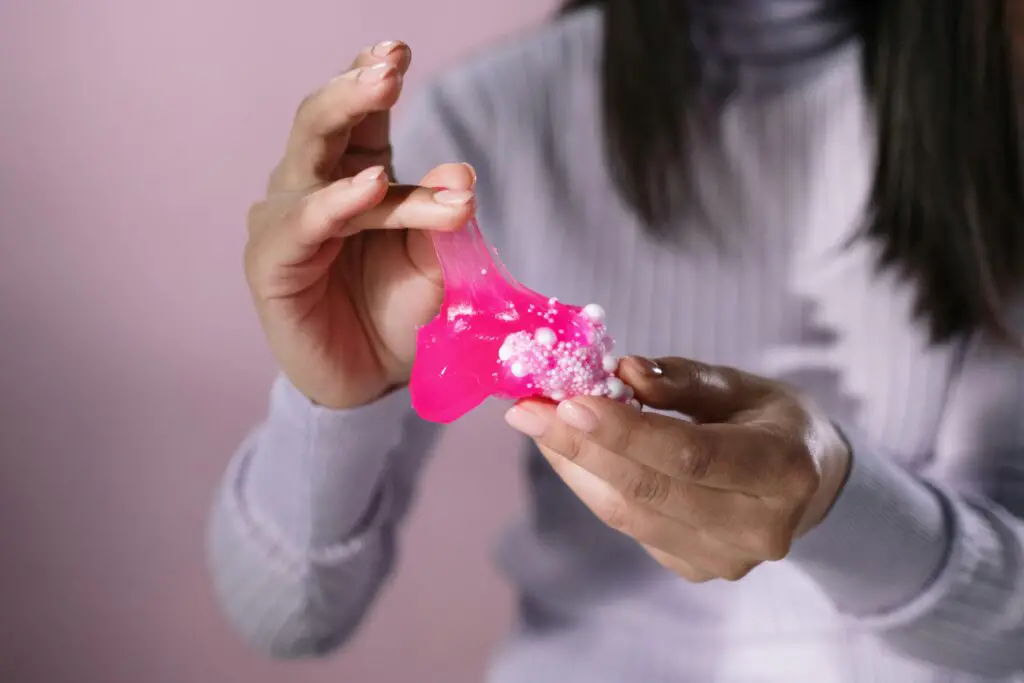
Slime seems like the ultimate kid-friendly craft—squishy, colorful, and endlessly customizable, according to The Kitchn. But within minutes, it somehow ends up stuck in the carpet, ground into couch cushions, and smeared on clothes. The glue and glitter combo is a nightmare to remove, and if you add food coloring? Say goodbye to clean hands and hello to stained fingertips.
Even the containers meant to store slime somehow leak or dry out, turning your fun science experiment into a crusty mess. The mixing bowls are coated in goo, and your sink will be full of half-set slime clumps. Parents often find themselves scrubbing dried slime from surfaces days later. What starts as a sensory treat ends in a cleanup marathon.
2. DIY Wallpapering
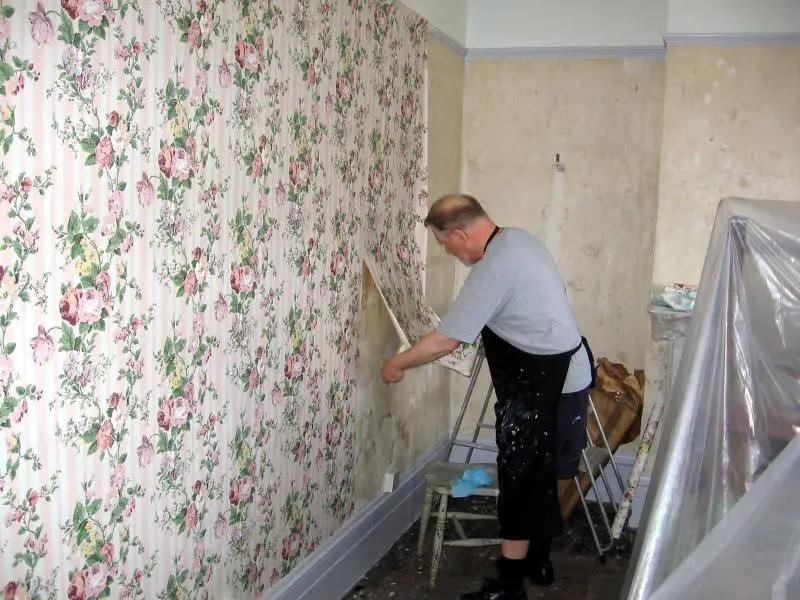
While wallpaper can be a beautiful design choice, poorly applied or outdated wallpaper can be a major turnoff for all involved. DIY wallpapering often results in mismatched seams, air bubbles, or peeling edges that can make a room look unkempt. Even if applied perfectly, bold or highly patterned wallpaper may not suit the taste of most buyers and could cost them time and money to remove.
If you’re using wallpaper, it’s important to choose subtle, neutral patterns that can work in a variety of home styles. If you’ve already wallpapered a room in a bold design, consider removing it and repainting with a more neutral, universally appealing color. Or at the very least, look into how to do it properly, like with this guide from Architectural Digest.
3. DIY Flooring
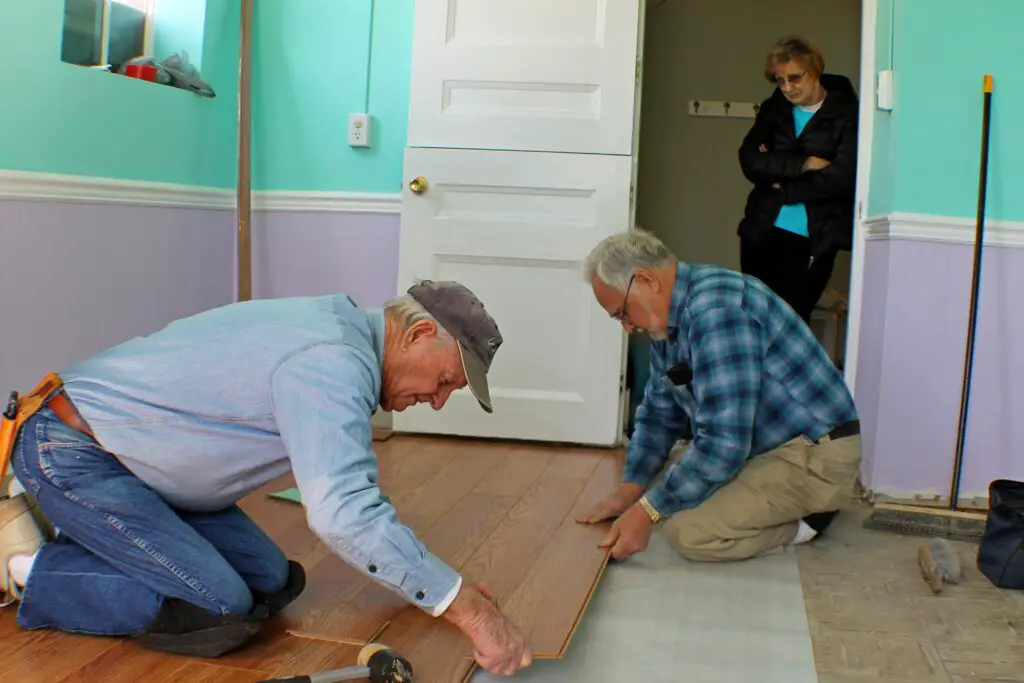
Installing or refinishing your own flooring might seem like a cost-effective project, but if done incorrectly, it can significantly lower your home’s value. Garrison Collection highlights that poorly installed hardwood, uneven tile, or mismatched flooring can make a home feel unfinished or cheap. It can also raise concerns for buyers about the quality of work and the potential for future problems.
Professional installation ensures that flooring meets industry standards, creating a long-lasting and attractive surface. If you’ve tackled a flooring project yourself, consider having a professional evaluate it before listing your home. High-quality, well-installed flooring adds value, while DIY mistakes can detract from your home’s appeal.
4. Tie-Dye T-Shirts

Tie-dye sounds like a great weekend project—easy, artsy, and nostalgic. But the dyes stain everything: your hands, your table, your patio, and even your grass if you’re outside. The rubber bands snap, the dye drips, and before you know it, you’ve got rainbow blotches on your shoes. And that “protective layer” of newspaper you laid down? It’s soaked through.
Washing out the extra dye turns into a whole event, especially when it leaks onto other clothes in the laundry. Even rinsing the shirts outside causes colorful puddles to form and spread. The final shirts look fun, but the process is messy from start to finish, says Chandye. And don’t even think about doing this indoors without regretting it later.
5. DIY Plumbing Work
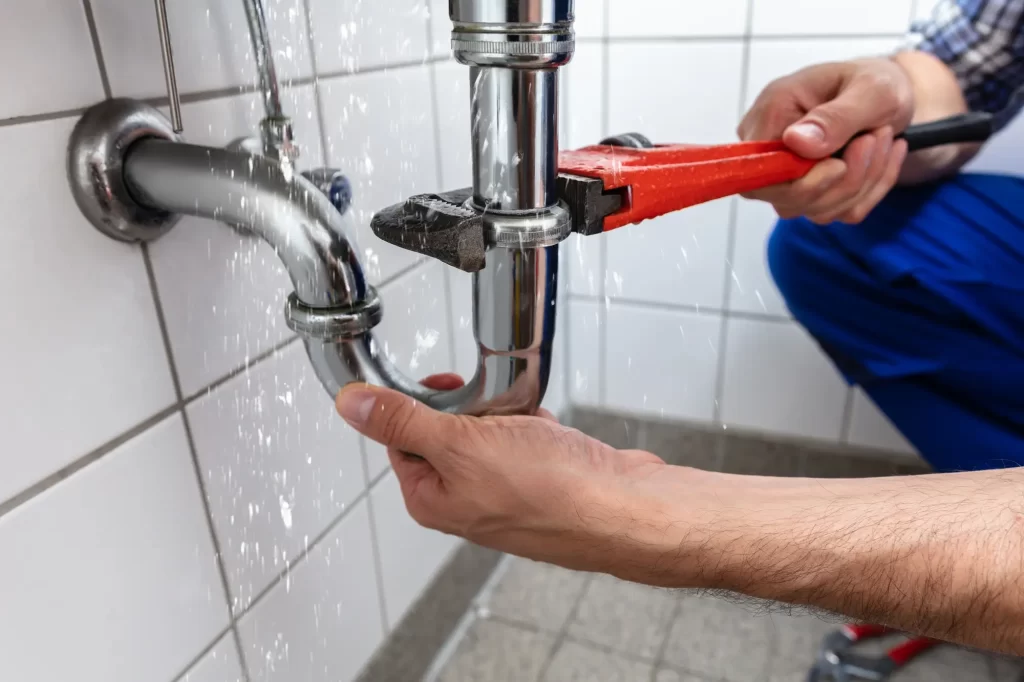
Tackling plumbing projects without professional help might save you money upfront, but poorly executed plumbing can lead to leaks, water damage, and costly repairs. DIY plumbing mistakes, such as improperly installed fixtures or mismatched pipe materials, can also fail to meet building codes, complicating future home inspections or sales.
Hiring a licensed plumber for major projects like installing sinks, toilets, or water heaters ensures the work is done correctly and up to code. While minor plumbing tasks like replacing washers or unclogging drains are safe for DIY, leave more complex jobs to the professionals to protect your home’s value.
6. Textured Walls and Ceilings
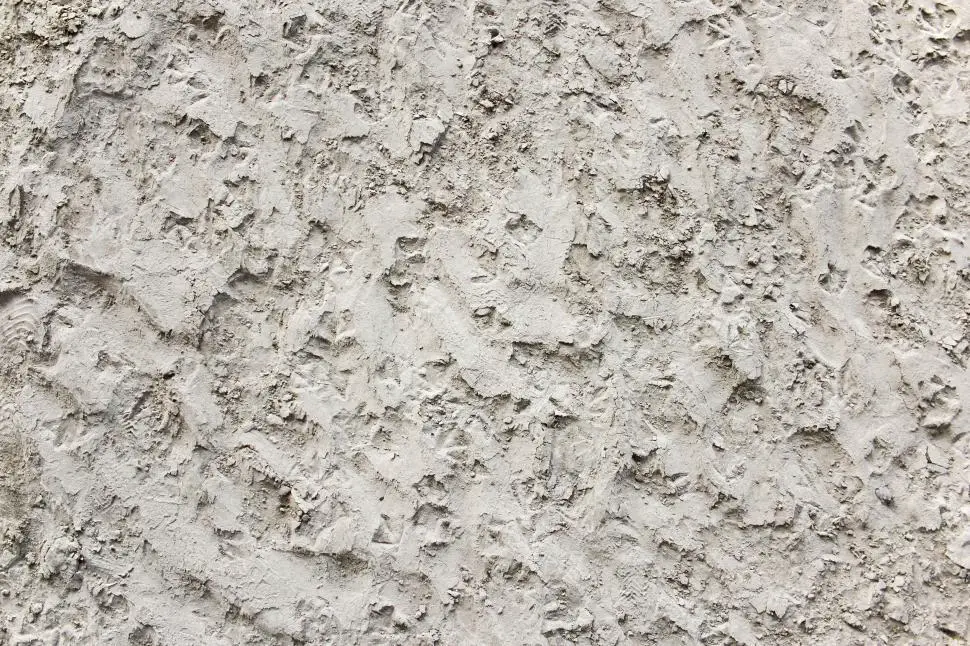
Adding texture to walls or ceilings, such as popcorn or stucco finishes, was once a popular design choice, but it’s now widely considered outdated. These textures are not only difficult to clean and maintain, but they’re also challenging and expensive to remove. Buyers often see textured surfaces as a project they’ll need to fix, which can deter them from making an offer.
Flat, smooth walls and ceilings are more desirable in today’s market. If you’re considering a textured finish, opt for a simpler, modern approach like an accent wall with paint or wallpaper. If your home already features textured surfaces, smoothing them out before selling could help attract more buyers.
7. Painting Furniture
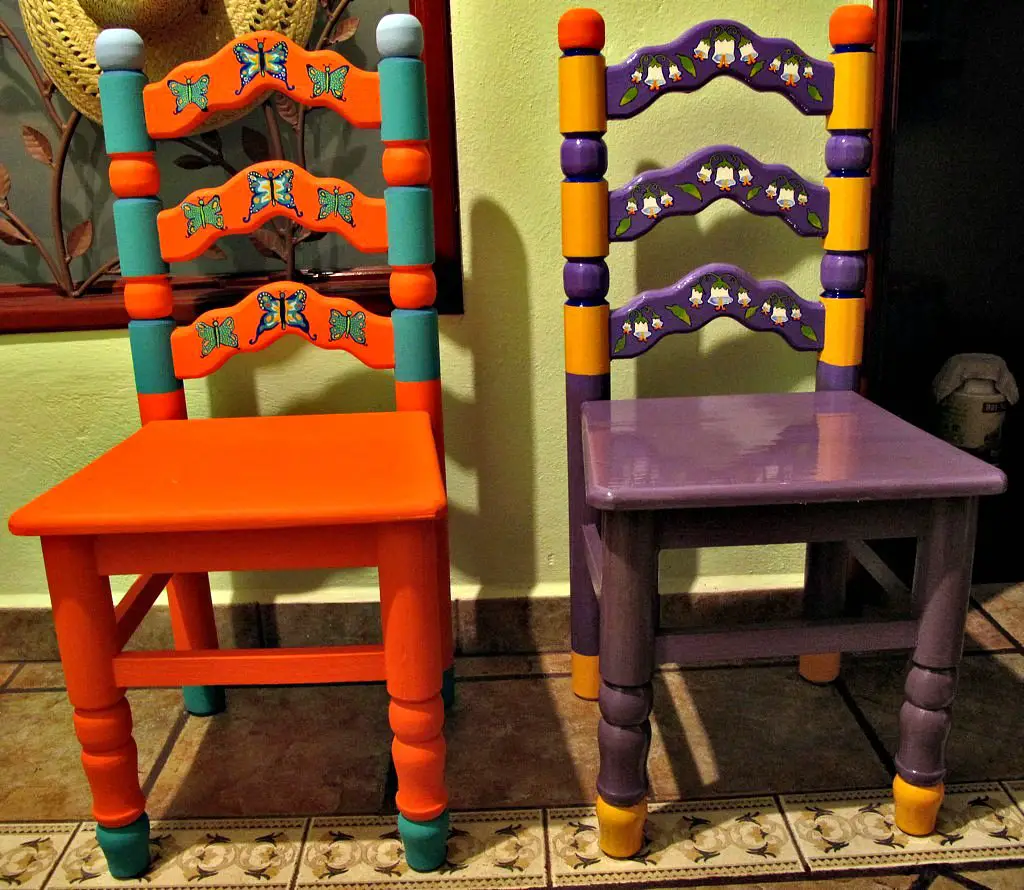
Giving an old piece of furniture a facelift seems like a smart, Pinterest-worthy move. But once the sanding starts, the dust flies—coating floors, clothes, and lungs alike. Then comes the paint: sticky, drippy, and determined to leave its mark on everything but the furniture. Tape doesn’t always protect as well as you’d hope, and somehow brush strokes end up on your arms and hair.
Cleanup is no small task either—rinsing rollers and brushes takes forever, and leftover paint seems to last for eternity. Even worse, you often realize mid-project that you forgot primer or the right finish. A simple side table makeover becomes a weeklong saga of touch-ups and messes. And sometimes the “after” doesn’t quite live up to the vision.
8. Making Bath Bombs

These fizzy little spa treats seem like an ideal DIY—fun to make, luxurious to use. But once you start mixing the baking soda, citric acid, and oils, fine powder clouds fill the air. The kitchen counter turns into a slippery, scented science lab. Measuring and molding the mixture is delicate work, and one wrong move turns it all into crumbly chaos.
Oils and colorants can stain your mixing bowls and your hands, and clean-up involves wiping down everything twice. Not to mention, bath bombs need to dry for hours (or overnight), so you’re stuck with trays of them taking up space. Sometimes they crumble before you even get them into the tub. What was supposed to be relaxing ends up being more stressful than soothing.
9. DIY Candles

Making your own candles sounds like a cozy, Instagram-worthy project. But as soon as the wax melts, the mess begins—spills on countertops, stuck-on residue in pots, and drips down the sides of your containers. Fragrance oils are finicky and can be overwhelming or cause wax to bubble and overflow. If you’re not precise with temperatures, the wax won’t set properly or may develop weird textures.
Cleaning up hardened wax is a whole ordeal, especially if it’s in your sink or spilled on floors. Wicks don’t always stay centered, and uneven burns mean your lovely candle won’t last long. You might spend hours crafting the perfect scent blend, only to have it come out barely noticeable. For something so small, candles sure bring a big mess.
10. Homemade Soap
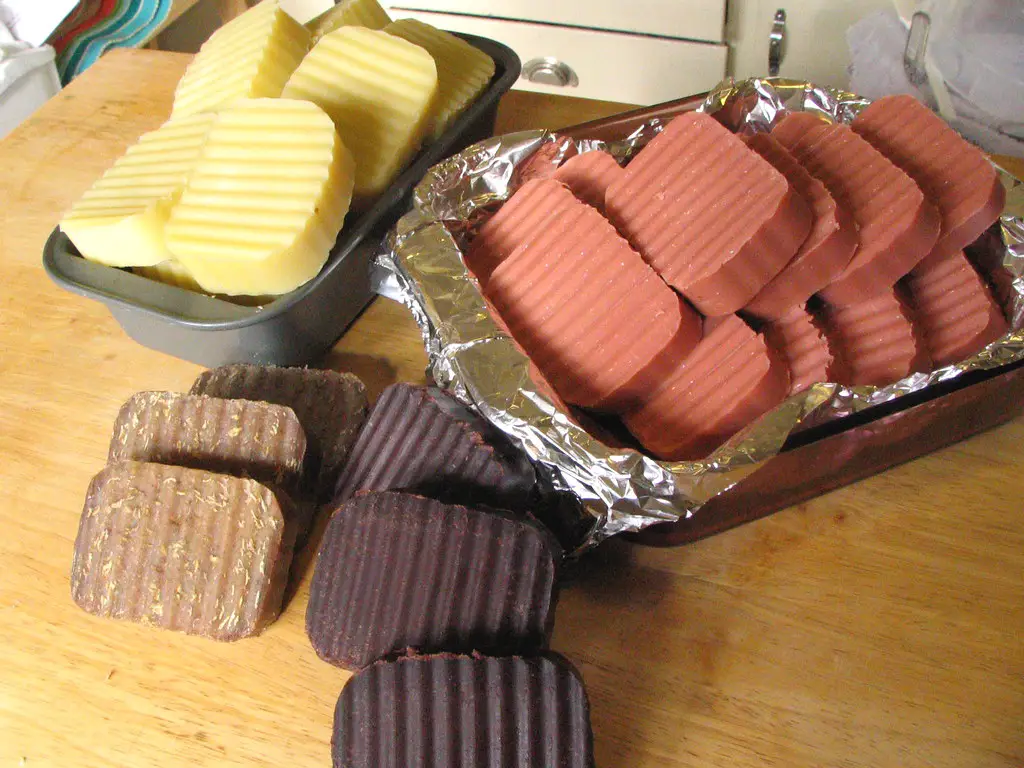
Soapmaking has an earthy, artisan appeal—especially with all the natural ingredients and essential oils available. But once you get into it, you’re basically doing chemistry in your kitchen. Lye, one of the key ingredients, is dangerous to handle and requires gloves, goggles, and a whole lot of caution. Then there’s the slow mixing process, which seems to dirty every bowl and spatula you own.
The molds take up counter space while the soap cures, and clean-up involves scrubbing oily residue off surfaces. Add-ins like herbs or oatmeal create texture but also make a gritty mess when you’re mixing and pouring. Scent combinations that sounded appealing can sometimes smell… less than ideal when combined. It’s a project that leaves behind a surprising amount of sudsy chaos.
11. Glitter Crafts
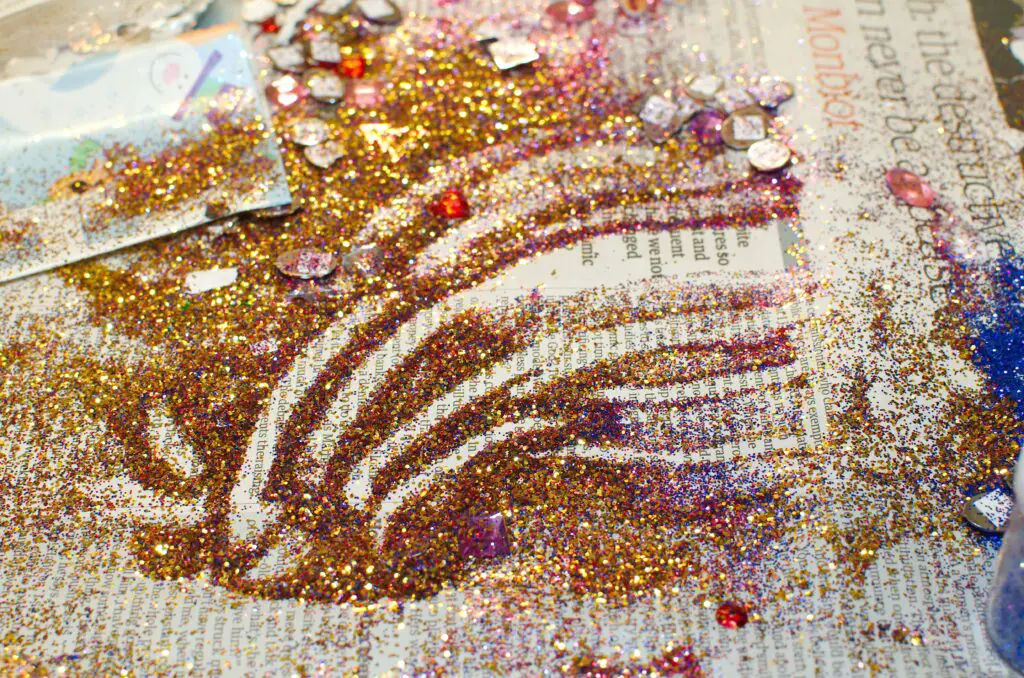
Few things scream “fun” like glitter—until you actually try to use it. It never stays where you want it and always ends up where you don’t. One shake too many and suddenly you’re living in a disco ball, with flecks embedded in your floors, clothes, and even food. And don’t expect to vacuum it all up—glitter has staying power.
Even after you’ve cleaned, you’ll still find sparkles for weeks, if not months. It clings to pets, children, and unsuspecting guests. The crafts themselves may turn out cute, but the cost in cleanup time is huge. Glitter doesn’t just make a mess—it becomes part of your home’s permanent décor.
12. DIY Pottery at Home
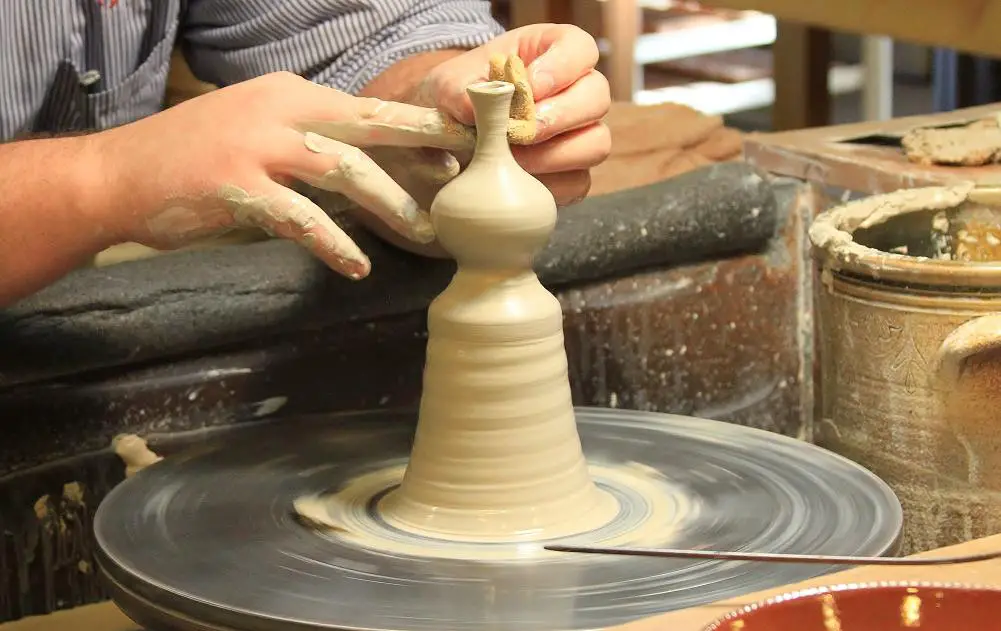
Pottery looks peaceful and artsy, especially on social media—but doing it at home is a whole different story. Without a proper wheel or kiln, you’re stuck with makeshift tools and inconsistent results. Clay dust gets everywhere, sticking to floors and furniture, and cleanup is both muddy and labor-intensive. Wet clay tracks through the house and sticks to everything from clothes to countertops.
Shaping your piece is fun, but drying and firing it properly is tricky without the right equipment. Even air-dry clay can crack or warp, leaving your masterpiece in pieces. Tools and surfaces need a deep scrub, and good luck getting the dried clay out from under your nails. What looks like a relaxing craft often ends in chaos—and a bowl that wobbles.
13. DIY Electrical Work
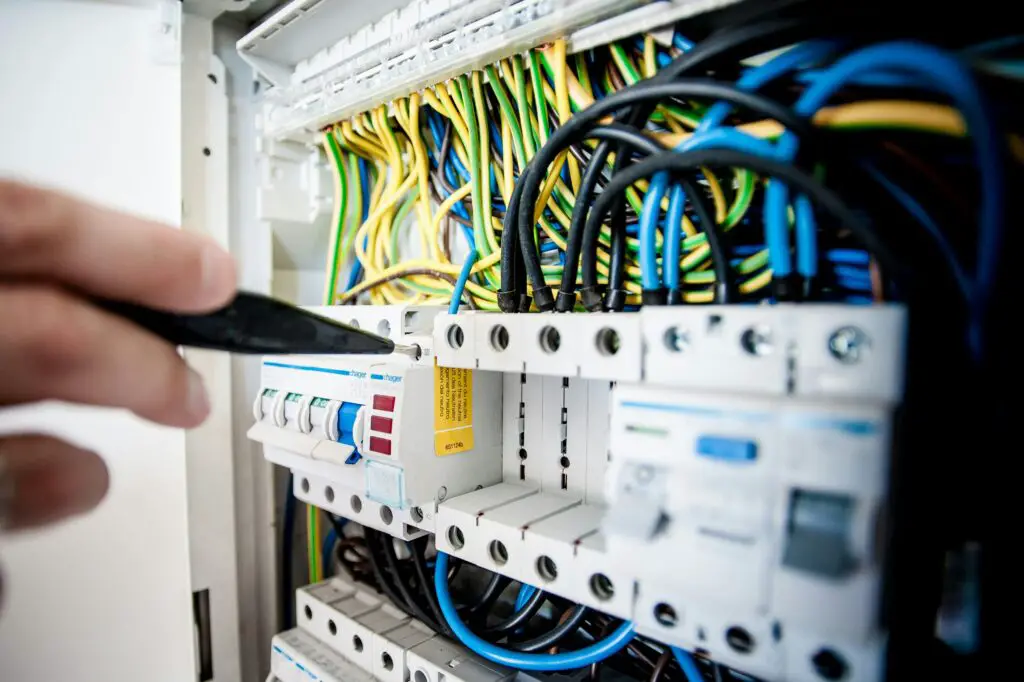
Handling electrical work on your own is not only risky but can also hurt your home’s value. Improperly installed wiring, outlets, or fixtures can lead to electrical fires or fail to meet building codes. When buyers see signs of amateur electrical work, they may hesitate to purchase your home or request costly repairs as part of the sale agreement.
Electrical issues are one of the leading causes of home fires. To ensure safety and maintain your home’s value, hire a licensed electrician for all but the simplest electrical projects, such as changing light bulbs or installing plug-and-play fixtures.
14. DIY Roofing
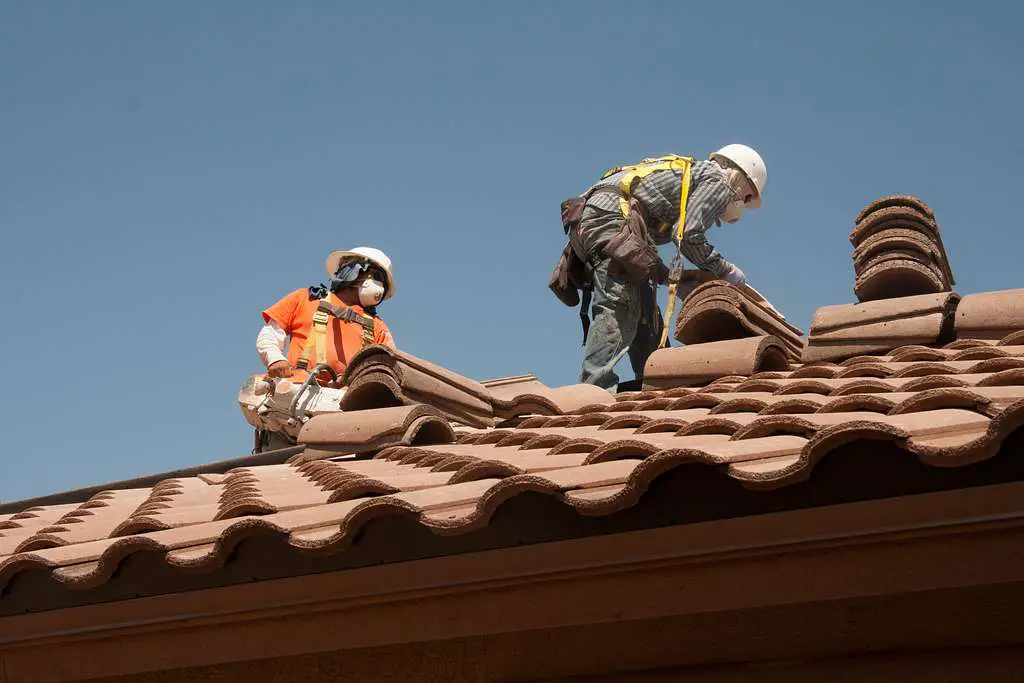
Replacing or repairing a roof is a large and expensive undertaking, and doing it yourself can lead to disastrous results. A poorly installed roof can lead to leaks, water damage, and the need for early replacement. Roofing is a job that requires specialized knowledge and expertise, and attempting to do it yourself can result in costly repairs that will hurt your home’s resale value.
Roofing projects should always be handled by professionals with the proper tools and knowledge to ensure the work meets building codes. If your DIY roofing project didn’t go as planned, hiring a professional to fix it can prevent future damage and increase your home’s market appeal.
